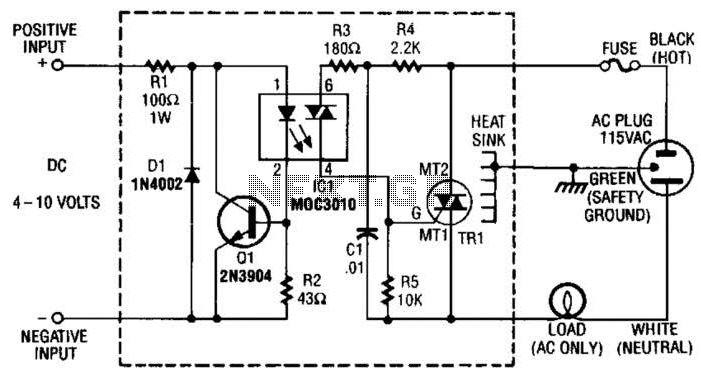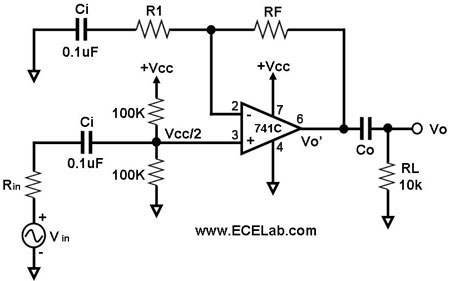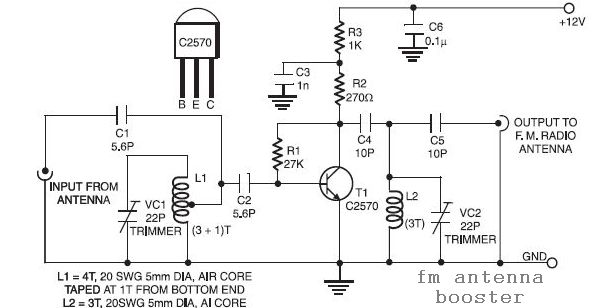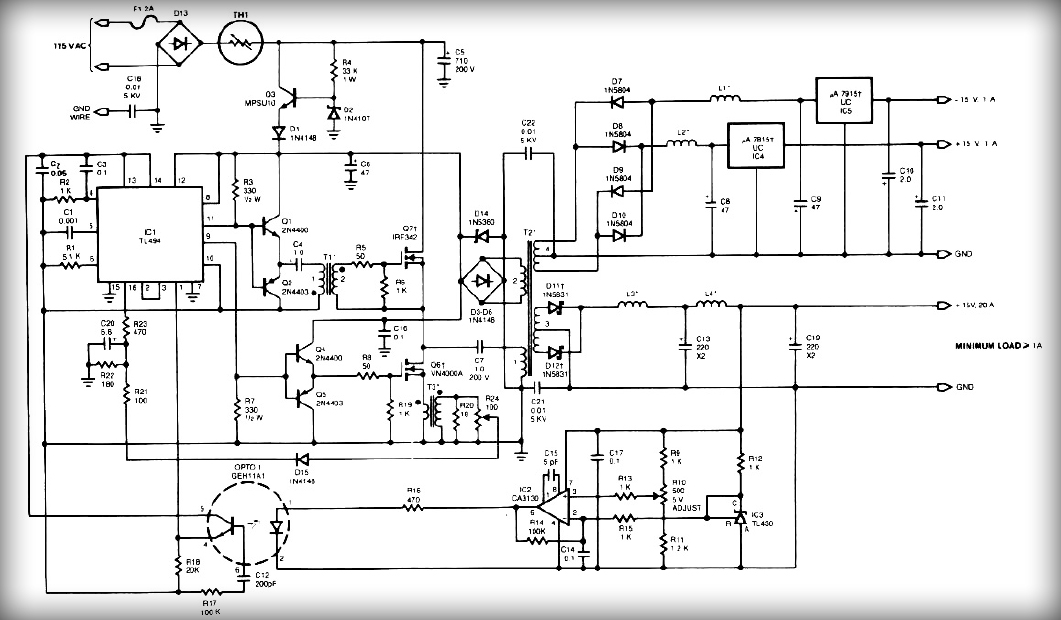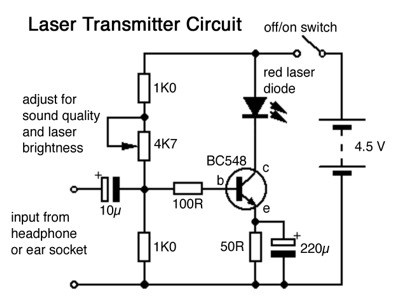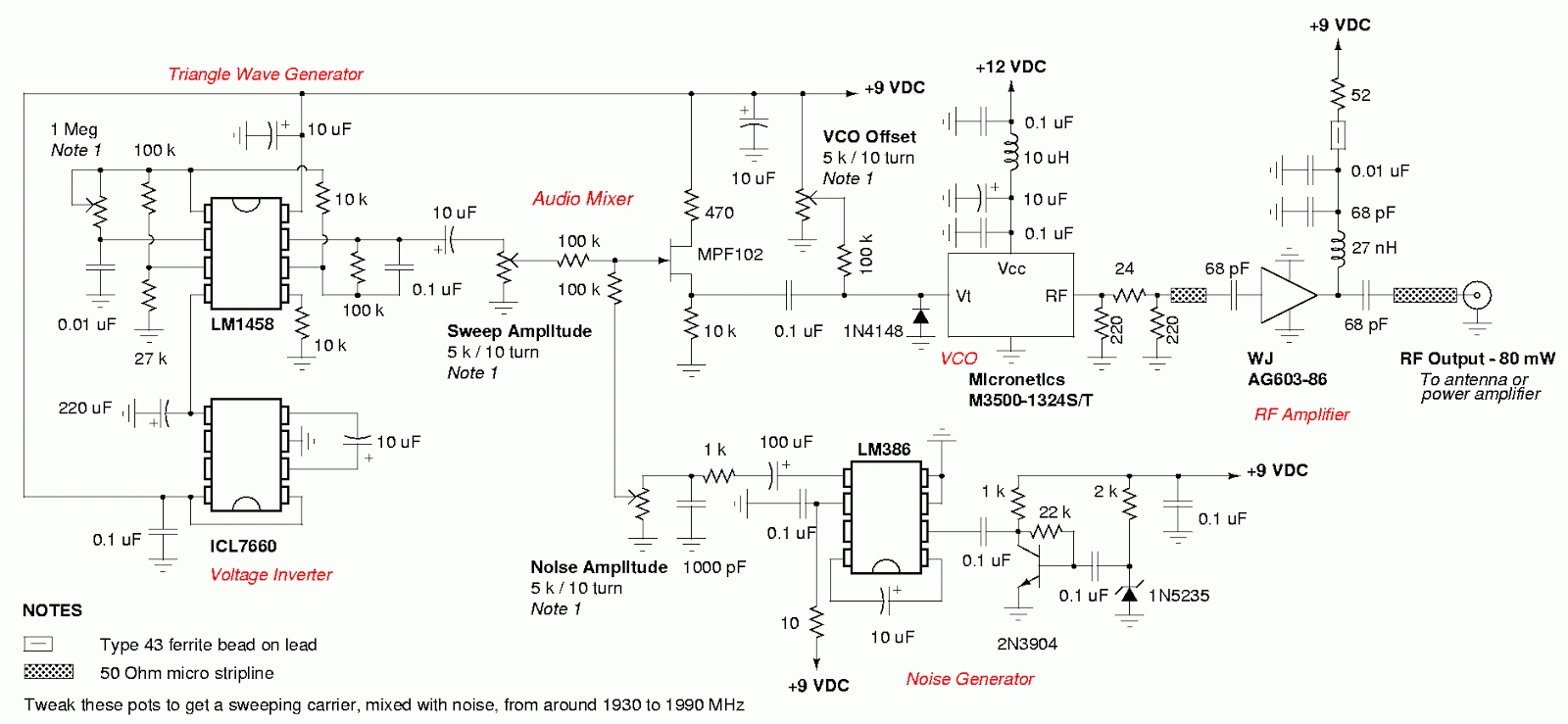
White LED Night Light Circuit
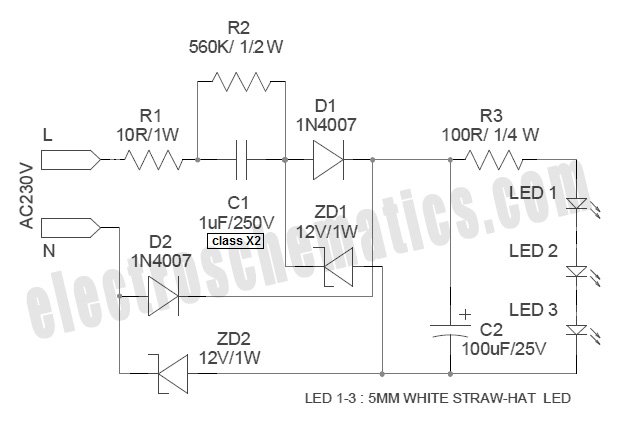
White Light Emitting Diodes (LEDs) now available can serve as a strong alternative to incandescent lamps in lighting applications. Today's White LEDs are...
White Light Emitting Diodes (LEDs) represent a significant advancement in lighting technology, offering energy efficiency, longevity, and reduced heat output compared to traditional incandescent lamps. These LEDs are capable of producing a spectrum of white light that closely resembles natural daylight, making them suitable for a variety of applications, including residential, commercial, and industrial lighting.
The operation of white LEDs is based on the principle of electroluminescence, where a semiconductor material emits light when an electric current passes through it. The most common method of producing white light from LEDs involves using a blue LED chip coated with a phosphor material. The blue light emitted by the LED excites the phosphor, which in turn emits light in the yellow spectrum. The combination of blue and yellow light results in a white light output.
In terms of efficiency, white LEDs consume significantly less power than incandescent bulbs, typically using about 80% less energy for the same amount of light output. This efficiency translates into lower electricity bills and reduced environmental impact. Additionally, white LEDs have a much longer operational life, often exceeding 25,000 hours, compared to the 1,000 hours typical of incandescent lamps.
The thermal management of white LEDs is also a crucial factor in their performance. Proper heat dissipation is necessary to maintain the efficacy and longevity of the LED. Heat sinks made from materials with high thermal conductivity, such as aluminum, are commonly used to dissipate heat away from the LED junction, ensuring optimal performance.
Furthermore, the versatility of white LEDs allows for various configurations and applications, ranging from simple light bulbs to complex lighting systems that can be controlled for dimming and color temperature adjustments. This adaptability makes white LEDs an ideal choice for modern lighting solutions, enhancing both functionality and aesthetic appeal in various settings.White Light Emitting Diodes recently available can be used as a powerful alternative to incandescent lamps in lighting applications. Today`s White LEDs are.. 🔗 External reference
White Light Emitting Diodes (LEDs) represent a significant advancement in lighting technology, offering energy efficiency, longevity, and reduced heat output compared to traditional incandescent lamps. These LEDs are capable of producing a spectrum of white light that closely resembles natural daylight, making them suitable for a variety of applications, including residential, commercial, and industrial lighting.
The operation of white LEDs is based on the principle of electroluminescence, where a semiconductor material emits light when an electric current passes through it. The most common method of producing white light from LEDs involves using a blue LED chip coated with a phosphor material. The blue light emitted by the LED excites the phosphor, which in turn emits light in the yellow spectrum. The combination of blue and yellow light results in a white light output.
In terms of efficiency, white LEDs consume significantly less power than incandescent bulbs, typically using about 80% less energy for the same amount of light output. This efficiency translates into lower electricity bills and reduced environmental impact. Additionally, white LEDs have a much longer operational life, often exceeding 25,000 hours, compared to the 1,000 hours typical of incandescent lamps.
The thermal management of white LEDs is also a crucial factor in their performance. Proper heat dissipation is necessary to maintain the efficacy and longevity of the LED. Heat sinks made from materials with high thermal conductivity, such as aluminum, are commonly used to dissipate heat away from the LED junction, ensuring optimal performance.
Furthermore, the versatility of white LEDs allows for various configurations and applications, ranging from simple light bulbs to complex lighting systems that can be controlled for dimming and color temperature adjustments. This adaptability makes white LEDs an ideal choice for modern lighting solutions, enhancing both functionality and aesthetic appeal in various settings.White Light Emitting Diodes recently available can be used as a powerful alternative to incandescent lamps in lighting applications. Today`s White LEDs are.. 🔗 External reference
